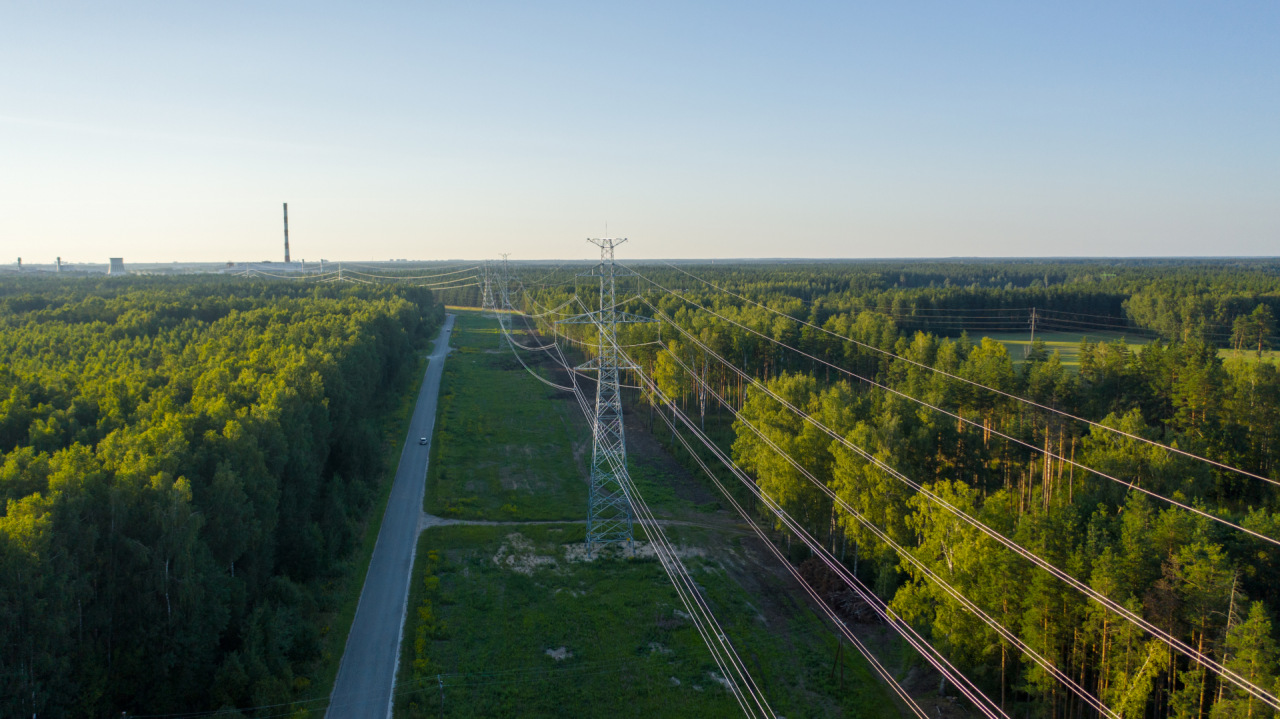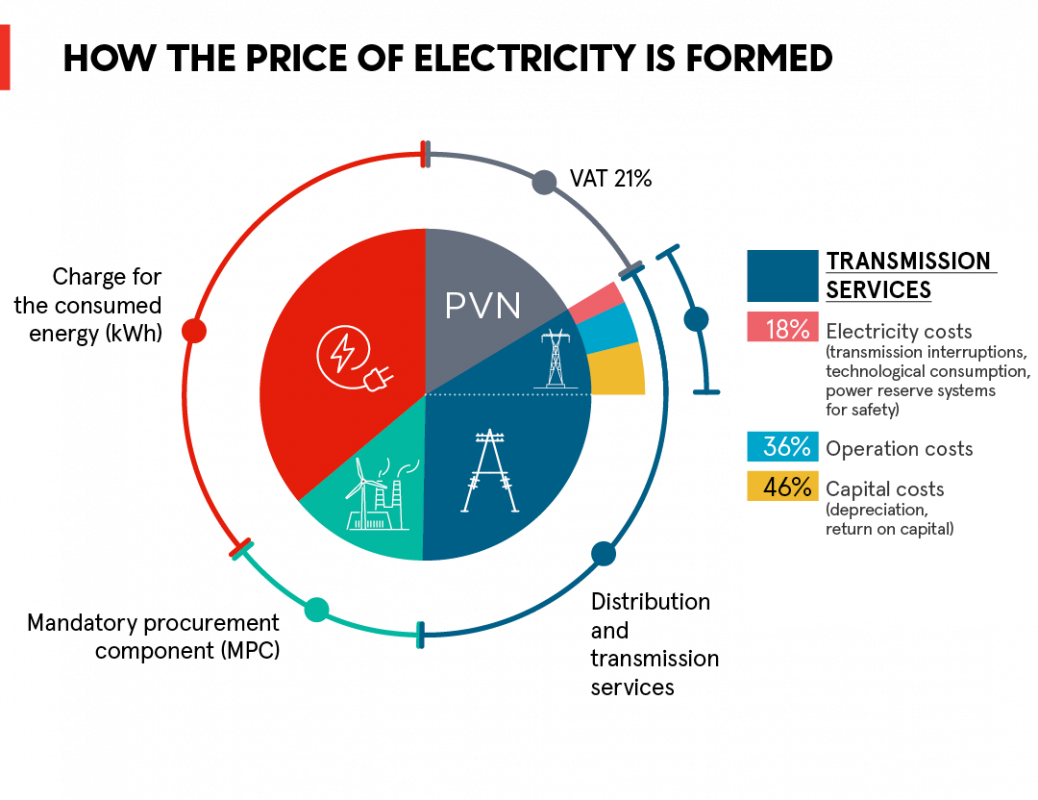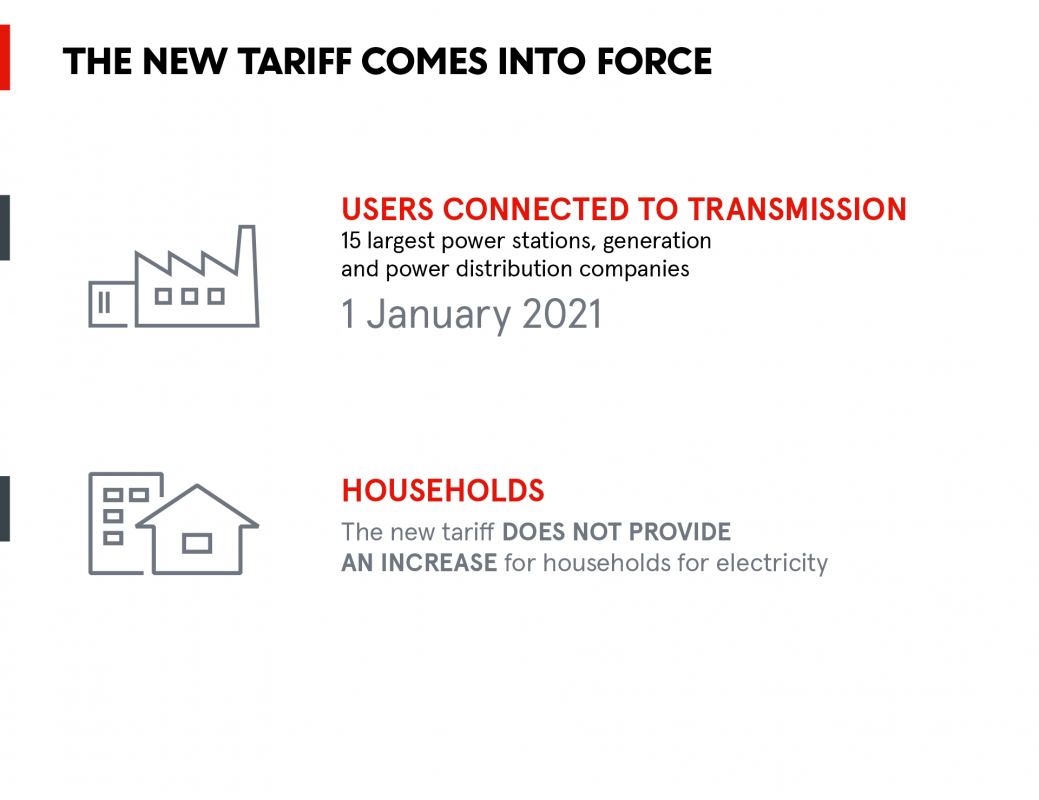
The approved AST electricity transmission tariff does not provide for an increase in the household payments for electricity
On 26 November, the Council of the Public Utilities Commission (hereinafter – PUC) approved the specified draft electricity transmission system tariff of the Latvian electricity transmission system operator AS Augstsprieguma tīkls (hereinafter – AST). This draft tariff does not provide for an increase in the household payments for electricity. The new draft tariff has been developed in accordance with the methodology approved by PUC and considering the reduced rate of return on capital approved by PUC, which has allowed a reduction in the final cost.
“The new tariff reduces the transmission fee per kilowatt hour by an average of 43% compared to the current tariffs, while, depending on the type of connection of the member, the fee for maintenance of the installed capacity increases by an average of 27%. For those members who use their installed capacity efficiently or use at least 15% of the requested capacity, the costs will be reduced. In accordance with our calculations, the total cost of the transmission system service of the Sadales tīkls will not increase, thus the final bills of the households for electricity will not increase. The current tariff is below the EU average* and it is estimated that the new tariff will be in line with the EU average,” said Varis Boks, the Chairman of the AST Board.
To reduce tariff-related costs, improvements have been made to the efficiency of AST: On 25 November 2020, the initiated reorganization was completed with the aim of acquiring the property rights of the transmission lines, substations, and distribution points. Thus, because of the reorganization of property rights and the increase in efficiency, AST has managed to reduce the costs associated with the provision of services by approximately EUR 1.5 million per year, or 2%. In its turn, PUC’s decision to reduce the rate of return on capital from 3.31% to 2.65% gives an additional savings of EUR 2.7 million per year.
Accordingly, because of the activities carried out by AST, the total cost reduction in the draft tariff compared to the current tariff, without taking into account the effect of the change in the principles for allocating congestion charges, is 5%.
The current methodology for calculating the transmission tariffs has allowed the transmission network maintenance costs to be covered by so-called cross-border congestion management revenues [congestion charges] – if transmission capacity between different electricity trading areas is insufficient and electricity prices differ between countries, transmission system operators can generate revenues by eliminating congestion and receiving the difference between prices in the two trading areas. The new PUC tariff calculation methodology changes this approach. From 2021 onwards, these revenues will be used to finance capital investments, thus reducing future tariffs and providing a long-term effect.
Electricity consumers’ charges for electricity consist of three components: charges for electricity, charges for distribution and transmission services [charges for capacity and the amount of electricity transmitted], and charges for mandatory procurement components. Changes in the transmission tariff directly affect only those members which are connected to the transmission network, while the most consumers, including households, could be affected by the changes after the distribution network companies have revised their tariffs.
The new methodology also envisages the introduction of a generation component, which is paid for by the power plants directly connected to the transmission in accordance with the installed capacity. It is expected that the new tariffs will take effect from 1 January next year.
*In accordance with the data of the European Transmission System Operators Association ENTSO-E of 2019.
Documents (in Latvian):
The Public Utilities Commission approved the differentiated tariffs (excl. VAT) of the Electricity Transmission System services by the Decision of the Board No. 153 “On Tariffs of the Electricity Transmission System Services of Augstsprieguma tīkls AS” issued on 26 November 2020





